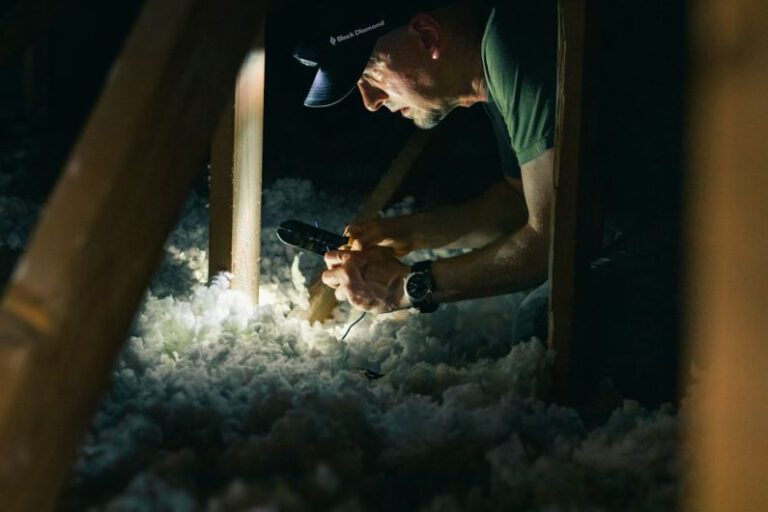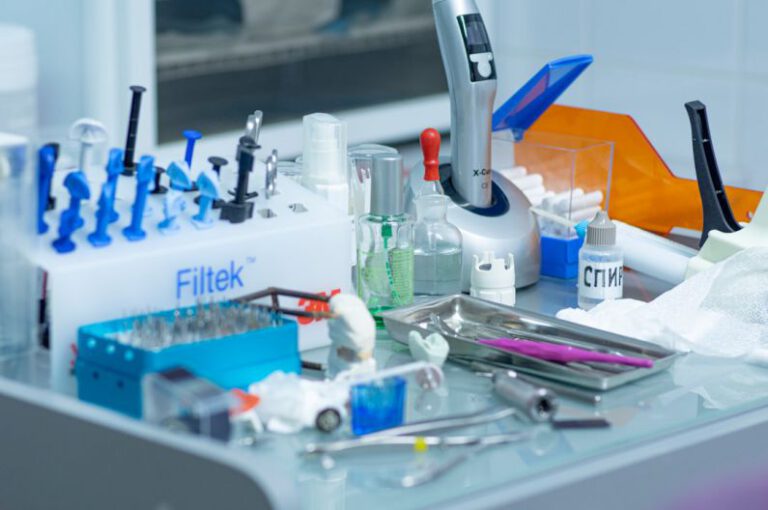What’s the Latest in Waterproofing Technologies?
Waterproofing technologies have come a long way in recent years, offering innovative solutions to protect buildings, infrastructure, and personal belongings from water damage. From advanced materials to cutting-edge techniques, the latest developments in waterproofing are changing the game. Let’s take a closer look at some of the most exciting advancements in this field.
Advanced Membrane Systems
One of the key developments in waterproofing technologies is the advancement of membrane systems. Traditional waterproofing membranes have been effective, but newer materials and designs are taking protection to the next level. High-performance membranes made from materials such as polyurethane, PVC, and EPDM offer superior durability and resistance to water infiltration. These membranes can be applied to a variety of surfaces, including roofs, foundations, and underground structures, providing long-lasting protection against moisture.
Nano-Coatings for Enhanced Protection
Nano-coatings are another exciting innovation in waterproofing technology. These coatings are formulated with nanoparticles that create a superhydrophobic surface, repelling water and preventing it from penetrating the substrate. Nano-coatings can be applied to a wide range of surfaces, including concrete, metal, and wood, making them versatile solutions for waterproofing challenges. In addition to their water-repellent properties, nano-coatings also offer UV resistance and durability, ensuring long-term protection against the elements.
Green Roof Systems
Green roofs are becoming increasingly popular as a sustainable building solution, and they also offer benefits in terms of waterproofing. Green roof systems consist of a waterproof membrane, drainage layer, soil, and vegetation, creating a natural barrier against water infiltration. The vegetation on the roof absorbs and evaporates water, reducing the load on the waterproofing membrane and extending its lifespan. Green roofs not only provide effective waterproofing but also offer environmental benefits such as improved air quality, energy efficiency, and biodiversity.
Smart Leak Detection Systems
Smart leak detection systems are revolutionizing the way we monitor and manage water damage in buildings. These systems use sensors and advanced technology to detect leaks and moisture in real time, alerting property owners to potential issues before they escalate. Smart leak detection systems can be integrated with building management systems for remote monitoring and control, providing peace of mind and helping to prevent costly water damage. By detecting leaks early, these systems can save time, money, and resources while ensuring the long-term integrity of the building.
Hydrophobic Sealants for High-Traffic Areas
Hydrophobic sealants are a versatile solution for waterproofing high-traffic areas such as driveways, sidewalks, and parking lots. These sealants create a protective barrier on the surface, preventing water, oil, and other contaminants from seeping into the substrate. Hydrophobic sealants are easy to apply and provide long-lasting protection against wear and tear, making them ideal for areas that are exposed to heavy use. By repelling water and contaminants, hydrophobic sealants help maintain the appearance and structural integrity of surfaces, reducing the need for costly repairs and replacements.
Innovative Injection Systems for Concrete Waterproofing
Concrete is a commonly used building material, but it is susceptible to water damage if not properly waterproofed. Innovative injection systems offer a solution to this challenge by providing a fast and effective way to waterproof concrete structures. These systems use specialized resins and injection techniques to fill cracks, voids, and gaps in the concrete, creating a seamless barrier against water infiltration. Injection systems are versatile and can be used on various concrete surfaces, including walls, floors, and foundations, providing durable waterproofing protection for both new construction and existing structures.
Revolutionizing Waterproofing Technologies
The latest advancements in waterproofing technologies are revolutionizing the way we protect our built environment from water damage. From advanced membrane systems to smart leak detection systems, these innovations offer efficient, sustainable, and cost-effective solutions to waterproofing challenges. By embracing these cutting-edge technologies, we can ensure the longevity and durability of our buildings and infrastructure in the face of changing weather patterns and environmental pressures. Waterproofing is no longer just about keeping water out—it’s about creating resilient and sustainable structures that can withstand the test of time.






